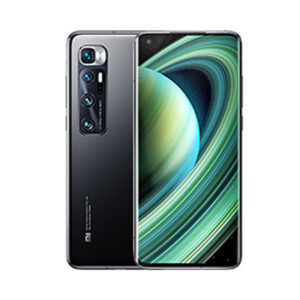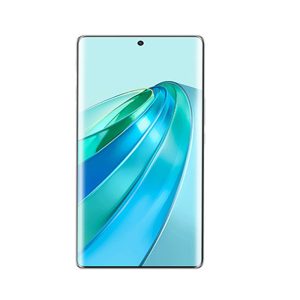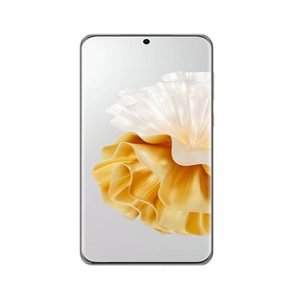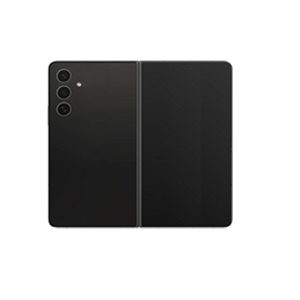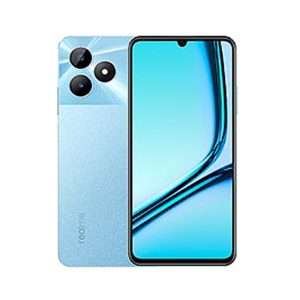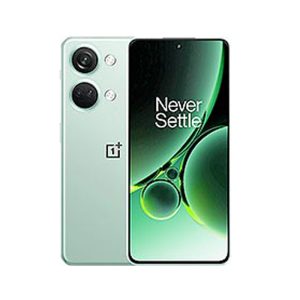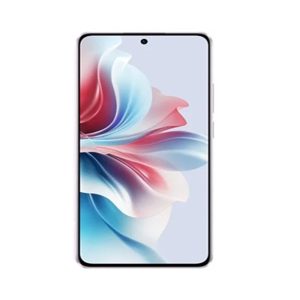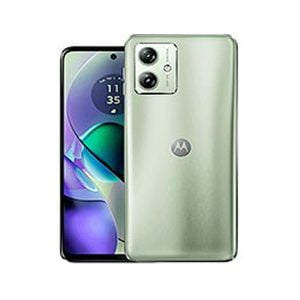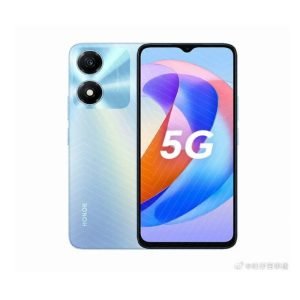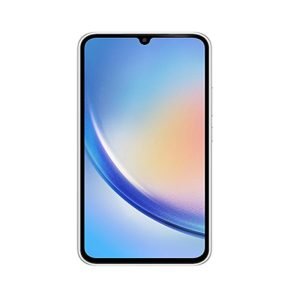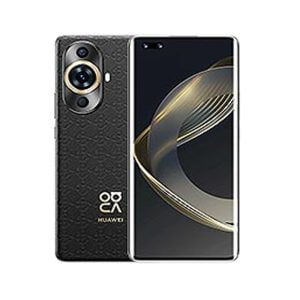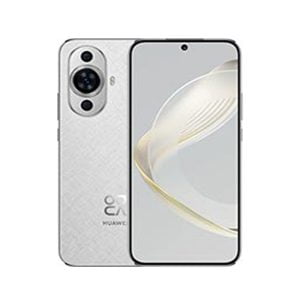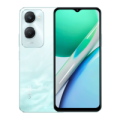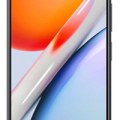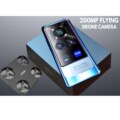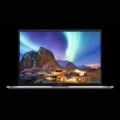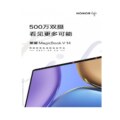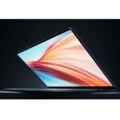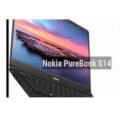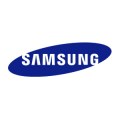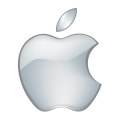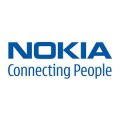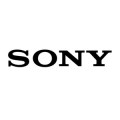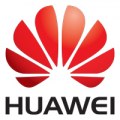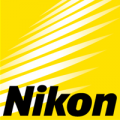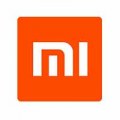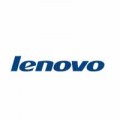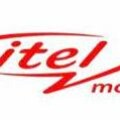Skip to content What Mobile Prices in Pakistan & Specs
- CPU: 2.0 Ghz Octa Core
- RAM: 6GB RAM
- Storage: 128GB Built-in
- Display: 6.56 Inches
- Camera: Dual Camera
- OS: Android 14
- View Details →
- CPU: Octa-core
- RAM: 12GB RAM
- Storage: 256GB Built-in
- Display: 6.78 Inches
- Camera: Dual camera
- OS: Android 14
- View Details →
- CPU: Octa-core (1x2.4 GHz Cortex-A710 & 3x2.36 GHz Cortex-A710 & 4x1.8 GHz Cortex-A510)
- RAM: 256GB 12GB RAM
- Storage: 256GB 8GB RAM
- Display: 6.7 inches
- Camera: 50 MP, f/1.8, (wide), 1/1.56", 1.0µm, PDAF, OIS
- OS: Android 14, One UI 6.1
- View Details →
- CPU: 3.1 Ghz Octa Core
- RAM: 12GB
- Storage: 256/512GB Built-in
- Display: 6.7 Inches
- Camera: Triple Camera: 50 MP f/1.8 + 50 MP, f/2.0, 2x optical + 8 MP, LED Flash
- OS: Android 15 OS
- View Details →
- CPU:
- RAM: 12/8 GB
- Storage: 256/512 GB
- Display: 6.9''
- Camera: 200MP Drone Camera+16MP+5MP+32MP
- OS: ANDROID 12
- View Details →
- CPU: OCTA CORE
- RAM: 12 GB
- Storage: 256GB/512
- Display: 6.7''
- Camera: 108MP
- OS: ANDROID 12
- View Details →
- CPU: Octa-core (2x2.3 GHz Kryo 470 Gold + 6x1.8 GHz Kryo 470 Silver)
- RAM: 8 GB
- Storage: 256GB
- Display: 6.67''
- Camera: 64 MP+5MP+2 MP
- OS: Android 13
- View Details →
- CPU: Octa-core (1 x 3.19 GHz Cortex-X2 + 3 x 2.75 GHz Cortex-A710 & 4 x 1.80 GHz Cortex-A510)
- RAM: 12 GB
- Storage: 256/512 GB
- Display: 6.78''
- Camera: 50MP+50MP+50MP
- OS: Android 14 OS
- View Details →
- CPU: Octa-core (1 x 3.19 GHz Cortex-X2 + 3 x 2.75 GHz Cortex-A710 & 4 x 1.80 GHz Cortex-A510)
- RAM: 8/12 GB
- Storage: 128 GB /256 GB/512 GB
- Display: 6.78''
- Camera: 50MP+50MP+2MP
- OS: Android 14 OS
- View Details →
- CPU: Octa Core
- RAM: 12 GB
- Storage: 256GB
- Display: 6.7''
- Camera: 50MP+13MP+12MP
- OS: HARMONY OS
- View Details →
- CPU: 3.36 Ghz Octa Core
- RAM: 12 GB
- Storage: 256GB
- Display: 8.0''
- Camera: 50MP+30MP+32MP
- OS: Android 13
- View Details →
- CPU: Octa-core (2x2.3 GHz Kryo 470 Gold + 6x1.8 GHz Kryo 470 Silver)
- RAM: 4/8 GB
- Storage: 128 GB
- Display: 6.6''
- Camera: 50MP
- OS: Android 13
- View Details →
- CPU: Octa-core (1 x 3.19 GHz Cortex-X2 + 3 x 2.75 GHz Cortex-A710 & 4 x 1.80 GHz Cortex-A510)
- RAM: 4 GB
- Storage: 64 GB
- Display: 6.74''
- Camera: 13MP+ 0.08MP
- OS: Android 13
- View Details →
- CPU: Octa-core (2x2.3 GHz Kryo 470 Gold + 6x1.8 GHz Kryo 470 Silver)
- RAM: 8 GB/16 GB
- Storage: 128 GB/256 GB
- Display: 6.74''
- Camera: 50MP+8MP+2MP
- OS: Android 13
- View Details →
- CPU: Octa-core (2x2.3 GHz Kryo 470 Gold + 6x1.8 GHz Kryo 470 Silver)
- RAM: 8 GB
- Storage: 128 GB
- Display: 6.82''
- Camera: 50MP+50MP+2MP
- OS: Android 14
- View Details →
- CPU: Octa-core (2x2.3 GHz Kryo 470 Gold + 6x1.8 GHz Kryo 470 Silver)
- RAM: 8 GB
- Storage: 128 GB/256 GB
- Display: 6.7''
- Camera: 64MP+2MP
- OS: Android 13
- View Details →
- CPU: Octa-core (2x2.3 GHz Kryo 470 Gold + 6x1.8 GHz Kryo 470 Silver)
- RAM: 12 GB
- Storage: 256GB
- Display: 6.67''
- Camera: 64 MP+8MP+2 MP
- OS: Android 13
- View Details →
- CPU: Octa-core (2x2.3 GHz Kryo 470 Gold + 6x1.8 GHz Kryo 470 Silver)
- RAM: 12 GB
- Storage: 512 GB
- Display: 6.64''
- Camera: 50 MP+2MP
- OS: Android 13
- View Details →
- CPU: 2. 2 Ghz Octa Core
- RAM: 6 GB
- Storage: 128 GB
- Display: 6.7''
- Camera: 64MP+2MP
- OS: Android 13
- View Details →
- CPU: Octa-core (2x2.3 GHz Kryo 470 Gold + 6x1.8 GHz Kryo 470 Silver)
- RAM: 8 GB
- Storage: 128 GB
- Display: 6.6''
- Camera: 50 MP+2MP
- OS: Android 13
- View Details →
- CPU: Octa-core (2x2.3 GHz Kryo 470 Gold + 6x1.8 GHz Kryo 470 Silver)
- RAM: 8/12 GB
- Storage: 128 GB/256 GB
- Display: 6.5''
- Camera: 50 MP+8MP
- OS: Android 13
- View Details →
- CPU: Octa-core (4 x 2.3 GHz Cortex-A53 & 4 x 1.8 GHz Cortex-A53)
- RAM: 8/12 GB
- Storage: 128 GB/256 GB
- Display: 6.5''
- Camera: 50 MP+8MP
- OS: Android 13
- View Details →
- CPU: Octa-core (2x2.3 GHz Kryo 470 Gold + 6x1.8 GHz Kryo 470 Silver)
- RAM: 6/12 GB
- Storage: 256 GB
- Display: 6.74''
- Camera: 50 MP+2MP
- OS: ANDROID 12
- View Details →
- CPU: 2.8 Ghz Octa Core
- RAM: 8 GB
- Storage: 128 GB
- Display: 6.6''
- Camera: 50MP+13MP+5MP
- OS: Android 13
- View Details →
- CPU: Octa Core Processor
- RAM: 8 GB
- Storage: 128 GB
- Display: 6.6 inch
- Camera: 50 MP+2 MP
- OS: Android 13
- View Details →
- CPU: Octa-core (1 x 3.19 GHz Cortex-X2 + 3 x 2.75 GHz Cortex-A710 & 4 x 1.80 GHz Cortex-A510)
- RAM: 8 GB
- Storage: 256 /512 GB
- Display: 6.78''
- Camera: 50MP+50MP+12MP
- OS: HarmonyOS 2.0
- View Details →
- CPU: Octa-core
- RAM: 8 GB
- Storage: 128 GB/256 GB/512 GB
- Display: 6.7''
- Camera: 50MP+8MP+12MP
- OS: Android 13
- View Details →






